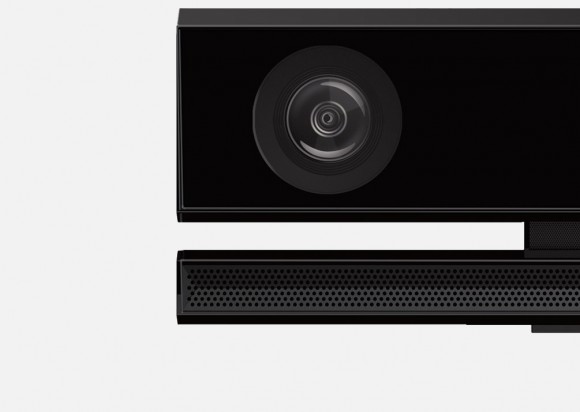Does Kinect justify the Xbox One’s $500 price tag?
There has been a veritable whirlwind of excitement, controversy and anticipation surrounding the release of Microsoft’s latest video game console since it was unveiled back in May. Microsoft has had to backpedal on unpopular policies regarding digital rights management and limitations placed on used games, but the electric feeling that surrounds every console launch has truly never wavered.
Despite some of the unpopular choices made by Microsoft, the Xbox One remains at its core not only a capable gaming machine, but also an all-around entertainment hub. The real question, then, is how to justify its $500 price tag: a $100 premium over the PS4.
Is Kinect Microsoft’s “Killer App”?
The feature that most successfully separates the Xbox One from its Nintendo and Sony rivals is, arguably, the inclusion of the latest version of Kinect. For the uninitiated, Kinect represents Microsoft’s first effort in the world of motion controls, yet it provides a unique experience. Unlike the other consoles, the Xbox One does not require the player to hold a remote in order to use motion controls. Instead, the Kinect functions as a camera, tracking the movements of its users throughout the room and interpreting them in the context of the game or application.
Kinect also boasts vocal recognition capabilities, giving players the opportunity to, for example, bark orders to their squad of space marines during a heated firefight — orders that otherwise would have required the player to press additional buttons or even pause the game during a tense moment. This is a thoughtful addition to the gamer’s toolset.
While this new version of Kinect is nearly unrecognizable from the version that debuted with the Xbox 360 (you might as well refer to that one as the beta version), it’s still a little rough around the edges. Voice controls can prove to be finicky; making players repeat themselves once or twice until the unit interprets what was said. Still, most users are reporting a success rate between 80 and 90 percent.
Perceived Value
Microsoft’s previous console, the Xbox 360, did not come with a Kinect sensor in the box. In fact, at the 360’s launch, Kinect was still only a twinkle in Microsoft’s eye. Instead the company relied on other features to provide perceived value to the customer, such as interchangeable faceplates, so that users could personalize their console. These proved to be largely superficial and didn’t do much to sway the average gamer.
This time around, Microsoft is betting big on Kinect, wagering that gamers will understand that the $500 price tag is bringing them a great deal of value that the other consoles can’t match.
Whether or not gamers prove receptive is something that only time will tell us. Kinect functionality is making its way into more and more Xbox games, and it even allows the user to pause live television and interact with the console’s many other multimedia capabilities.
To be sure, Kinect’s upgraded functionality is a compelling reason to pick up an Xbox One. The only question left is whether or not the “hardcore gamer” crowd – that is, the demographic swayed by the likes of Halo on the original Xbox – will see Kinect as an unnecessary distraction or as a revolution that will change the way they play.


